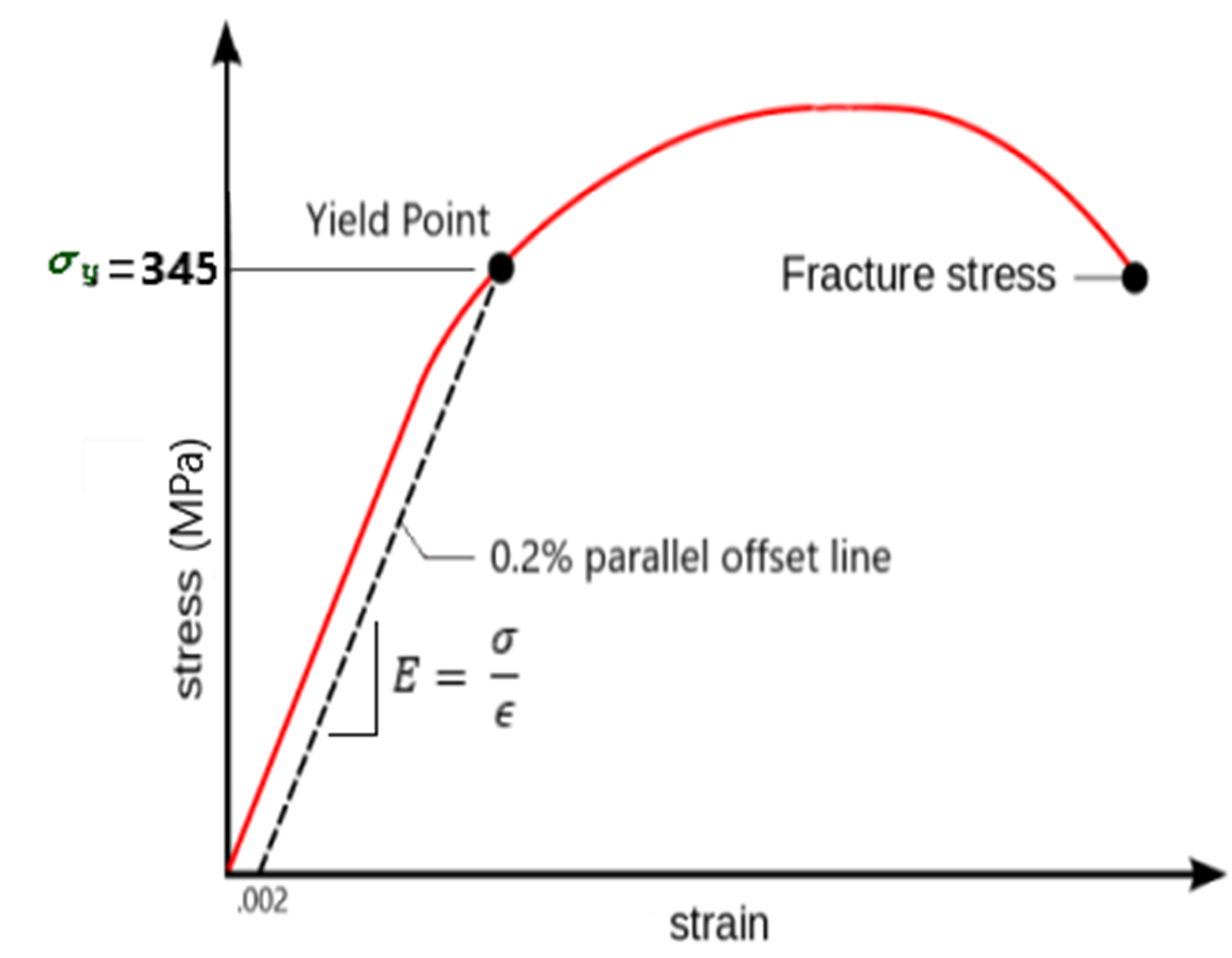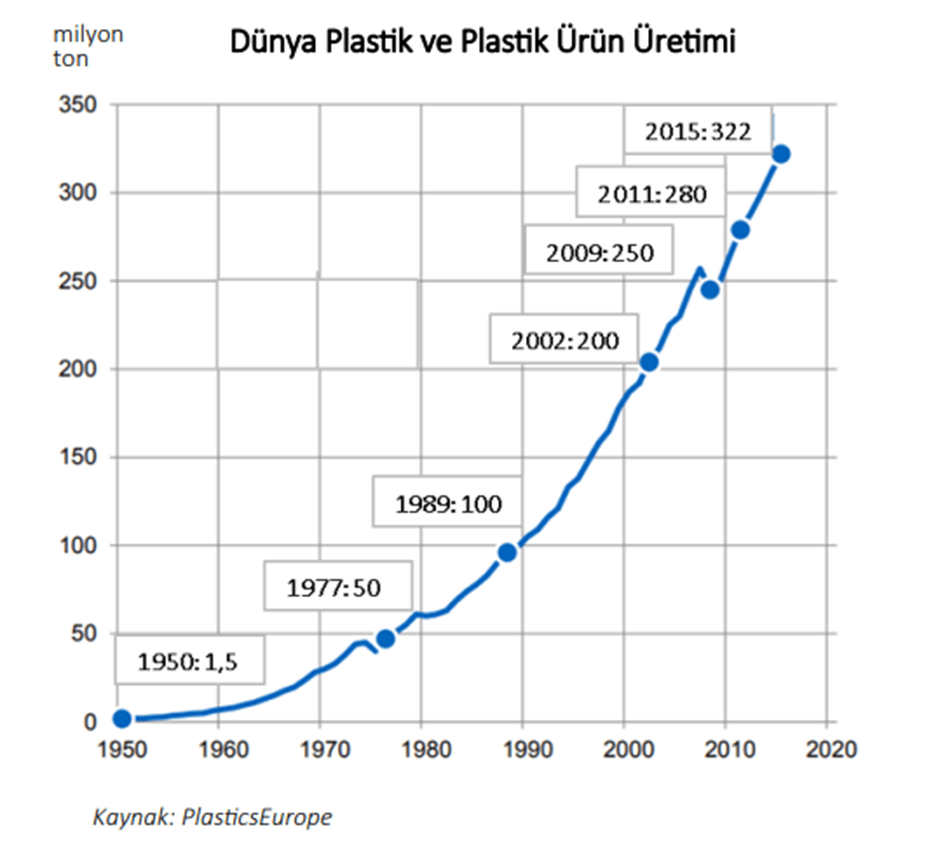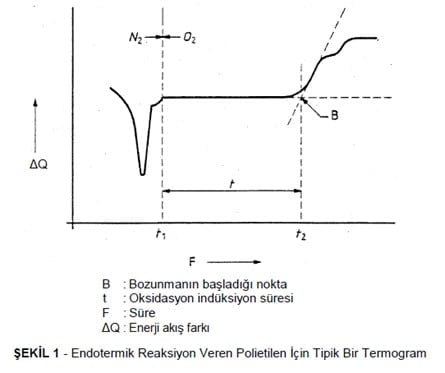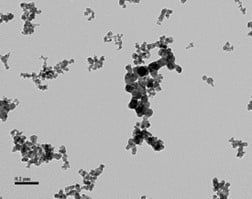What is Packaging?
Packaging is a material that keeps the product it contains clean, safe, and healthy while also facilitating storage and transportation by ensuring that it arrives at its destination. Packaging can be classified as sales packaging, group packaging, transport packaging, and consumer packaging.
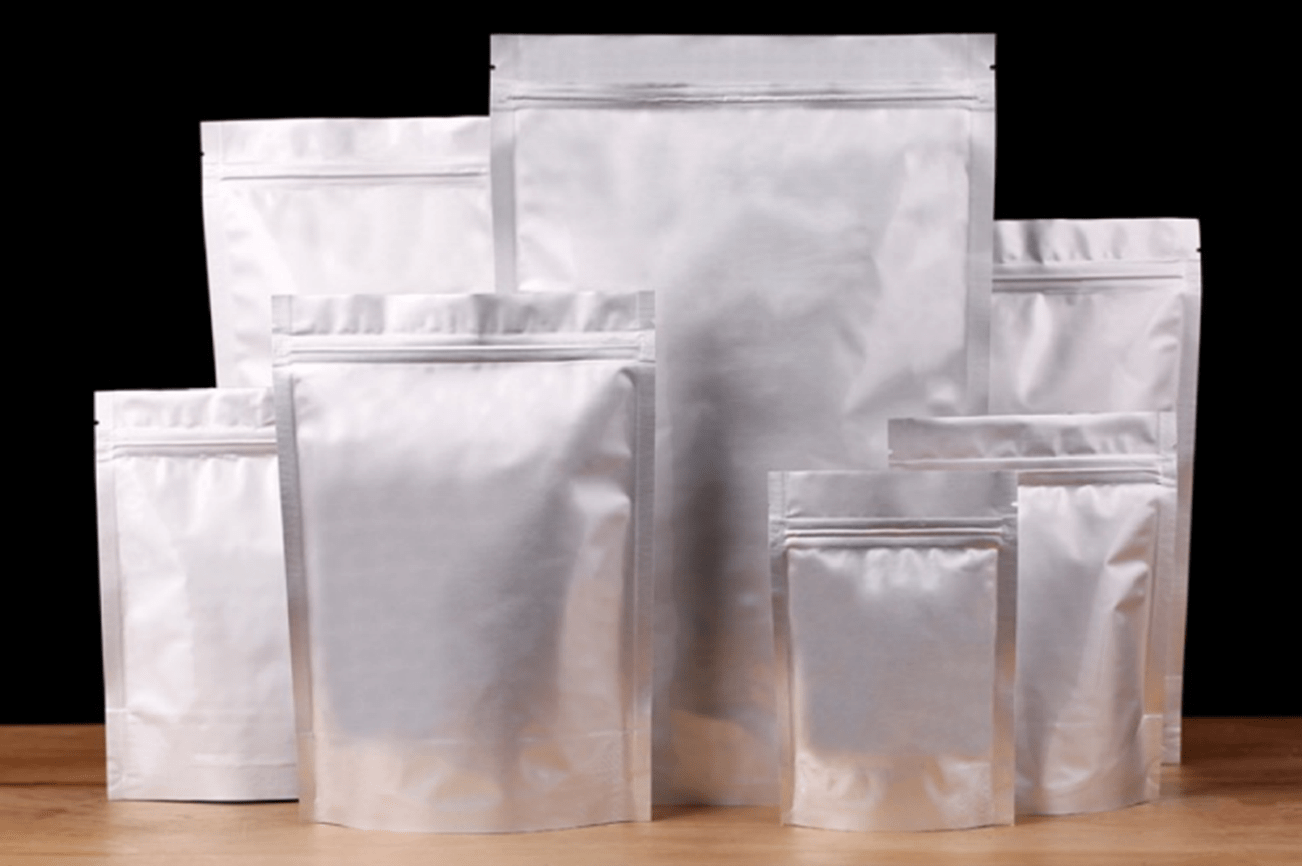
Packaging Films
Plastic films are used in packaging production; they are transparent or translucent light substances that are not affected by biological toxic substances. In addition, they must be suitable for chemical and atmospheric conditions, resistant to high pressure, temperature, and corrosion. Packaging films used in the industry generally consist of polypropylene, polyethylene, polyamide, polyvinyl chloride, polyvinyl chloride, polyvinylidene chloride, and polyethylene terephthalate.
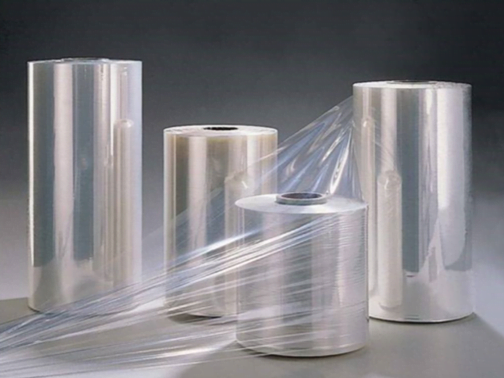
The Importance of the Quality of Packaging Films
Since packaging films have the purpose of protecting the area where they are used against all kinds of external influences, the quality level must be high. In the case of any packaging film damage caused by neglecting quality, it may cause very high material damage depending on the protected substance it contains.
Quality Control Test Methods are Used in Packaging Films
Various tests are carried out to control the quality of packaging films. The purpose of these tests is to perform physical tensile, impact, tear, breakage, and other durability and usability tests of the packaging films to be produced and used. These tests are listed as follows:
Impact Resistance with Lance Drop
Standards: ISO 7765-1-1988, ASTM D1709, JIS K7124-1, GB/T 9639.1-2008
The impact strength of polyethylene films is determined by using the pike drop impact strength device, which is a laboratory test device. In the preparation phase of the test, a certain part of the cylindrical film is cut and turned into a single-layer film. The product to be tested is carefully placed on the lance impact area of the device by stretching it to a certain distance (1.5 inches). The weighted lance is attached to its place. The weight is lowered by pressing the button, and after it bounces off the test film, it is caught in the air. Each repetition of this process is counted by counters. The purpose of the test is to determine whether the test film cracked on impact. If cracks occur in the film, it is repeated by reducing the weight by 10%. If it does not create cracks in the film, it is repeated by increasing it at the same rate. The construction of the test is continued until 20 repetitions are made. Then the obtained data is collected in a graph and evaluated. In addition, this test is done separately on the body and the edge of the film.
Tensile Strength
Standards: ISO 37, GB 8808, GB/T 1040.1-2006, GB/T 1040.2-2006, GB/T 1040.3-2006, GB/T 1040.4-2006, GB/T 1040.5-2008, GB/T 4850-2002, GB/T 12914-2008, GB/T 17200, GB/T 16578.1-2008, GB/T 7122, GB/T 2790, GB/T 2791, GB/T 2792, GB14232.1-2004, GB15811-2001, GB/T1962.1-2001, GB2637-1995, GB15810-2001, ASTM E4, ASTM D882, ASTM D1938, ASTM D3330, ASTM F88, ASTM F904, QB/T 2358, QB/T 1130, JIS P8113, YY0613-2007, YBB00042002, YBB00112004
During the preparation phase of the tensile test, samples are obtained at the thickness determined in the appropriate shape and dimensions. The middle of the plate is marked, and the sample is placed between the jaws. The extensiometer is attached to the marked area. The experiment is started by selecting the previously prepared test method. The tensile strength and elongation results are calculated by the device from the graph formed as a result of the experiment.
Tear Strength
Standards: ISO 6383-1-1983, ISO 6383-2-1983, ISO 1974, ASTM D1922 ASTM D1424, ASTM D689, TAPPI T414 GB/T16578.2-2009 GB/T 455
The PE films of standard sizes are prepared before the tear test is performed. The required force is determined by the laboratory tester. The level of the device is adjusted, and the film sample is placed between the two jaws and force is applied to the sample. The force at the moment of tearing is read and the tear strength of the sample is determined.
Color
Standards: ISO 2470; ISO 3688
Plates are prepared from polypropylene powder and pellet samples, and color values are measured by selecting the appropriate light source in the test device. After all values are measured, the whiteness index is found.
Resistance to breakage by environmental pressure
Standards: ISO 6252 NEQ,ISO 4599 NEQ–; ASTM D 1693 (1980)–; ASTM D 1693:1980 EQV—
The breaking strength of the polyethylene sample plates, which are prepared properly and kept in the surfactant by being clamped in a vise, is measured. A solution is prepared and placed in the test tube after the sample material is brought to the appropriate temperature. Then it is left to wait for it to reach the appropriate temperature. In the meantime, the notches are opened on the plates, the bending system is put in the vice, and the plates are placed on it (the notched parts are on top). The plates bent in the vise are placed in the sample holder. The sample holder is properly placed in the tube and breaks are expected and noted over time.
References:
www.petkim.com.tr
https://ambalaj.org.tr
http://www.plastik-ambalaj.com
www.ucsaambalaj.com

